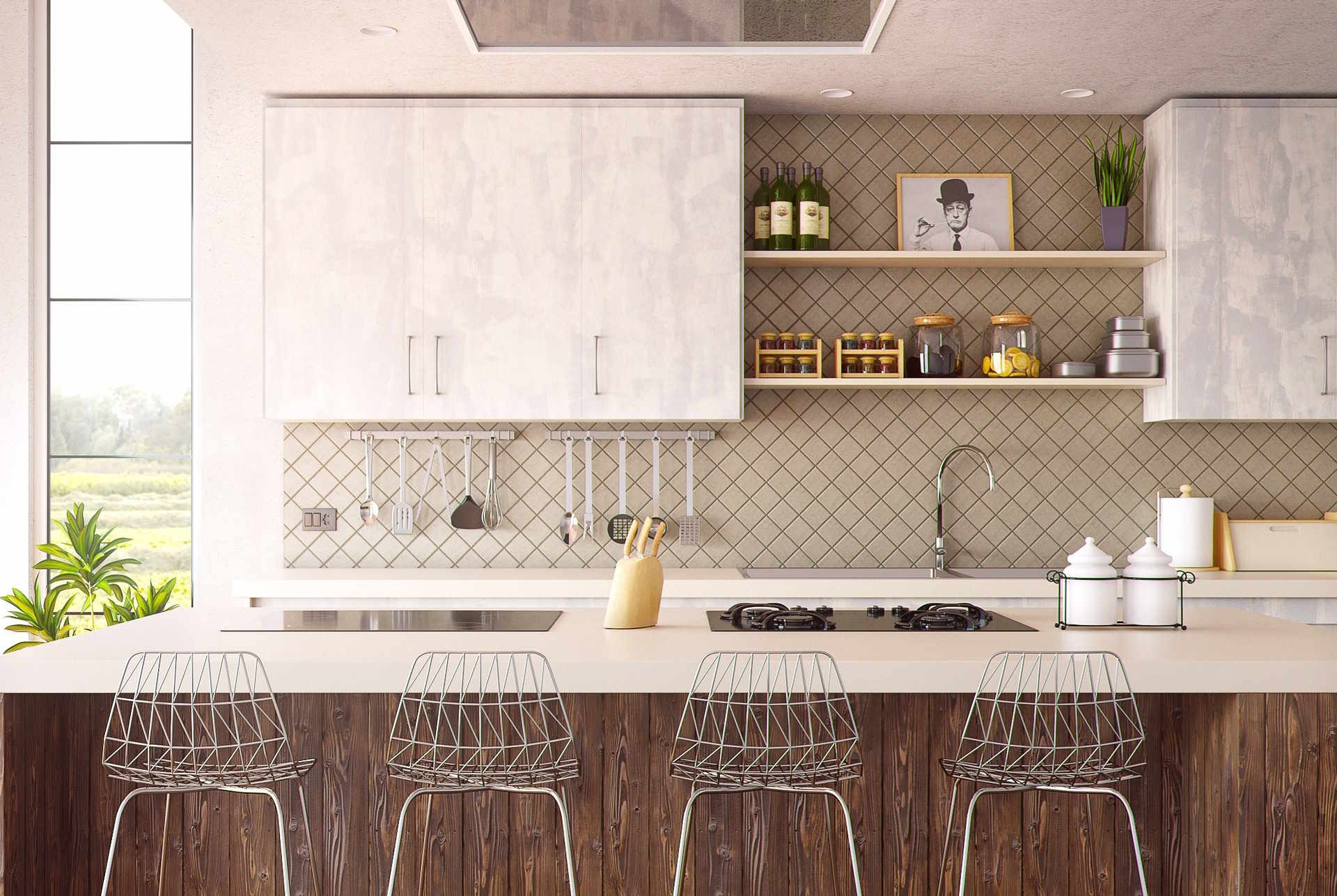Integrating ergonomic features for safer cooking and serving
Ergonomic design in the kitchen helps reduce strain, prevent accidents, and streamline cooking and serving routines. Thoughtful choices in layout, storage, lighting, materials, and maintenance support safer mealprep and everyday use for people of varying abilities.

Ergonomic kitchens reduce physical strain and improve safety when cooking and serving. Integrating thoughtful layout, accessible storage, appropriate lighting, and durable materials helps minimize reach, bend, and lift motions that cause fatigue or injury. Practical ergonomics combined with sustainable choices and straightforward maintenance can make mealprep and serving routines both safer and more efficient for users across different ages and abilities.
How does ergonomics reduce kitchen strain?
Ergonomics focuses on designing spaces and tools to fit human use rather than forcing people to adapt. In a kitchen, this means positioning frequently used cookware and tableware within easy reach, choosing handles and grips that reduce wrist torque, and arranging work zones to limit repetitive motion. Proper counter heights and anti-fatigue mats reduce back and leg stress during extended mealprep. Incorporating ergonomics also favors adjustable elements—such as pull-out shelves or removable cutting boards—that accommodate different users and reduce the risk of slips or drops.
How can layout improve safe cooking and serving?
A kitchen layout that separates prep, cooking, and serving zones can reduce cross-traffic and accidental contact with hot surfaces. The classic triangle between sink, stove, and refrigerator remains useful, but modern ergonomics emphasize clear sightlines and short, unobstructed paths for carrying hot dishes. Positioning tableware near serving areas, and ensuring adequate clearance for opening doors or appliance drawers, minimizes collisions. Consider sight and mobility needs when planning layout so people can move and serve safely without awkward turns or lifts.
How to use storage and organization for efficient mealprep?
Good storage and organization cut down on time spent hunting for ingredients and reduce risky maneuvers. Use drawers with organizers for utensils, labeled containers for ingredients, and dedicated storage for heavy cookware at waist height to prevent shoulder strain. Pull-out pantry shelves and lazy Susans make items accessible without deep bending. Thoughtful mealprep workflow places prep tools and containers near the work surface, so staging and transferring ingredients is smoother and safer, especially during busy cooking periods.
What lighting supports safer cooking and serving?
Layered lighting—ambient, task, and accent—improves visibility for food preparation and serving. Task lighting over counters, stove, and sink reduces shadows that hide spills or knife edges. Dimmable fixtures and under-cabinet lights allow adjustment for different tasks and times of day. Good lighting also enhances contrast on surfaces, making it easier to judge doneness and avoid burns. Consider energy-efficient bulbs and fixtures placed to avoid glare while keeping work areas uniformly illuminated for safe movement.
Which materials and surfaces are safer and sustainable?
Choose materials and surfaces that balance durability, hygiene, and sustainability. Non-porous countertop surfaces resist staining and bacterial growth, while textured, slip-resistant flooring reduces fall risk when wet. Cookware and tableware materials should conduct heat predictably and provide cool-touch handles to limit burns. Prioritize sustainably sourced or long-lasting materials to reduce replacement frequency. Avoid overly reflective finishes that cause glare; instead select matte or semi-matte surfaces where visibility and safety matter.
How to maintain cookware, tableware and safety over time?
Regular maintenance preserves ergonomic benefits and prevents hazards. Inspect cookware for warped bases, loose handles, or worn nonstick coatings; damaged items can cause spills or uneven heating. Keep tableware free of chips that create sharp edges, and service appliances according to manufacturer guidance to maintain temperature control and safety features. Simple maintenance—cleaning spills promptly, checking cabinet hardware, and lubricating drawer slides—maintains smooth operation and reduces forceful movements that increase injury risk.
Ergonomic integration in kitchen and dining spaces combines practical layout, intentional storage and organization, proper lighting, and considered materials and maintenance. These elements together support safer mealprep and serving routines while also aligning with sustainability goals by reducing waste and improving longevity of cookware and tableware. Thoughtful design choices can make kitchens more accessible and reduce common sources of strain and accidents.





